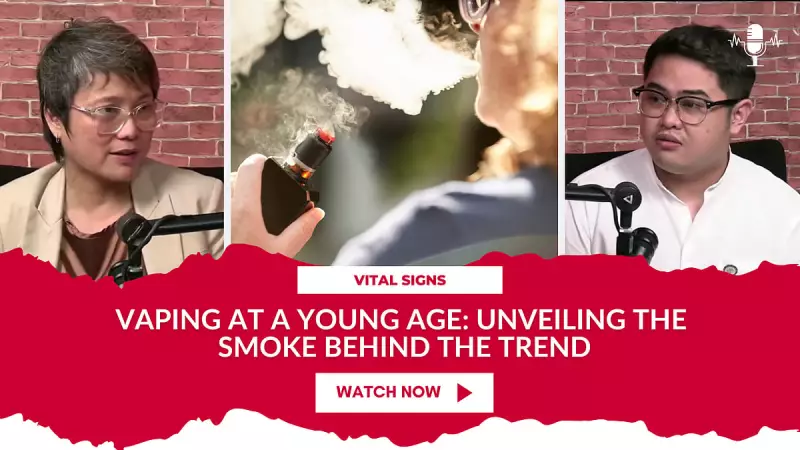
The colorful clouds and sweet flavors have made vaping an increasingly common sight among Filipino youth, but health experts are sounding the alarm about what's really hiding behind those trendy devices.
The Sweet Trap: How Flavors Lure Young Users
Walking through malls and school areas in major Philippine cities, it's impossible to miss the proliferation of vape shops and users. The sweet, fruity scents and colorful smoke clouds have created an appealing alternative to traditional cigarettes, particularly among younger demographics.
"Many young people believe vaping is harmless because it doesn't produce the same harsh smoke as regular cigarettes," explains Dr. Maria Santos, a pulmonologist from Manila. "This misconception is driving an alarming increase in usage among teenagers and even younger children."
Beyond the Clouds: Understanding the Health Risks
While marketed as a safer alternative to smoking, medical professionals emphasize that vaping comes with its own set of dangers:
- Nicotine addiction: Most vaping liquids contain nicotine, which can rewire developing brains and create lifelong dependencies
- Respiratory issues: The chemicals in vape aerosols can damage lungs and cause breathing problems
- Unknown long-term effects: As a relatively new phenomenon, the full health consequences remain uncertain
- Gateway to smoking: Studies suggest vaping may lead some users to traditional tobacco products
The Filipino Context: A Growing Public Health Concern
In the Philippines, where smoking-related diseases already pose significant health challenges, the rise of vaping presents a new frontier in public health. The accessibility and social media marketing of vaping products have made them particularly appealing to the youth market.
"We're seeing cases of young people who started vaping because their friends were doing it, only to develop coughing fits and breathing difficulties within months," shares a school nurse from Quezon City. "The social aspect makes it especially difficult to control."
What Parents and Educators Need to Know
Combating the vaping trend requires awareness and open communication. Experts recommend:
- Having honest conversations with children about the risks
- Recognizing the signs of vaping use
- Understanding the local regulations surrounding vaping products
- Seeking professional help for those already addicted
As the smoke clears on this growing trend, one thing becomes increasingly evident: the need for greater awareness and regulation to protect Filipino youth from potential health consequences that could last a lifetime.





